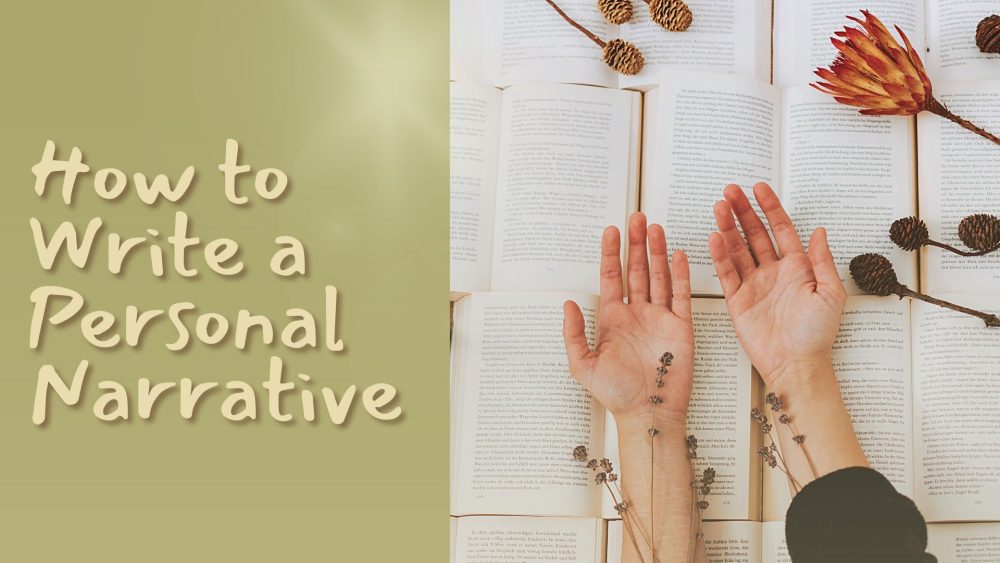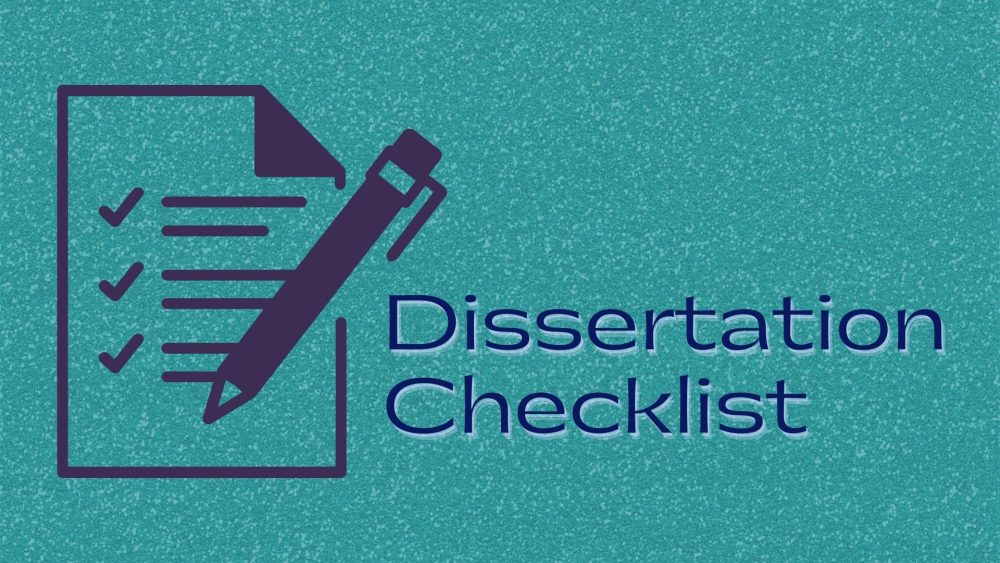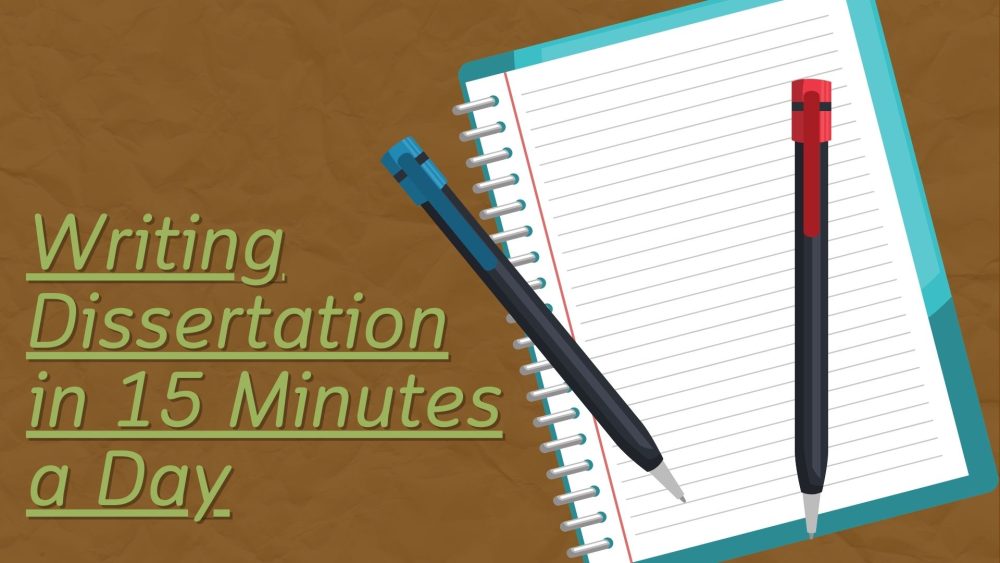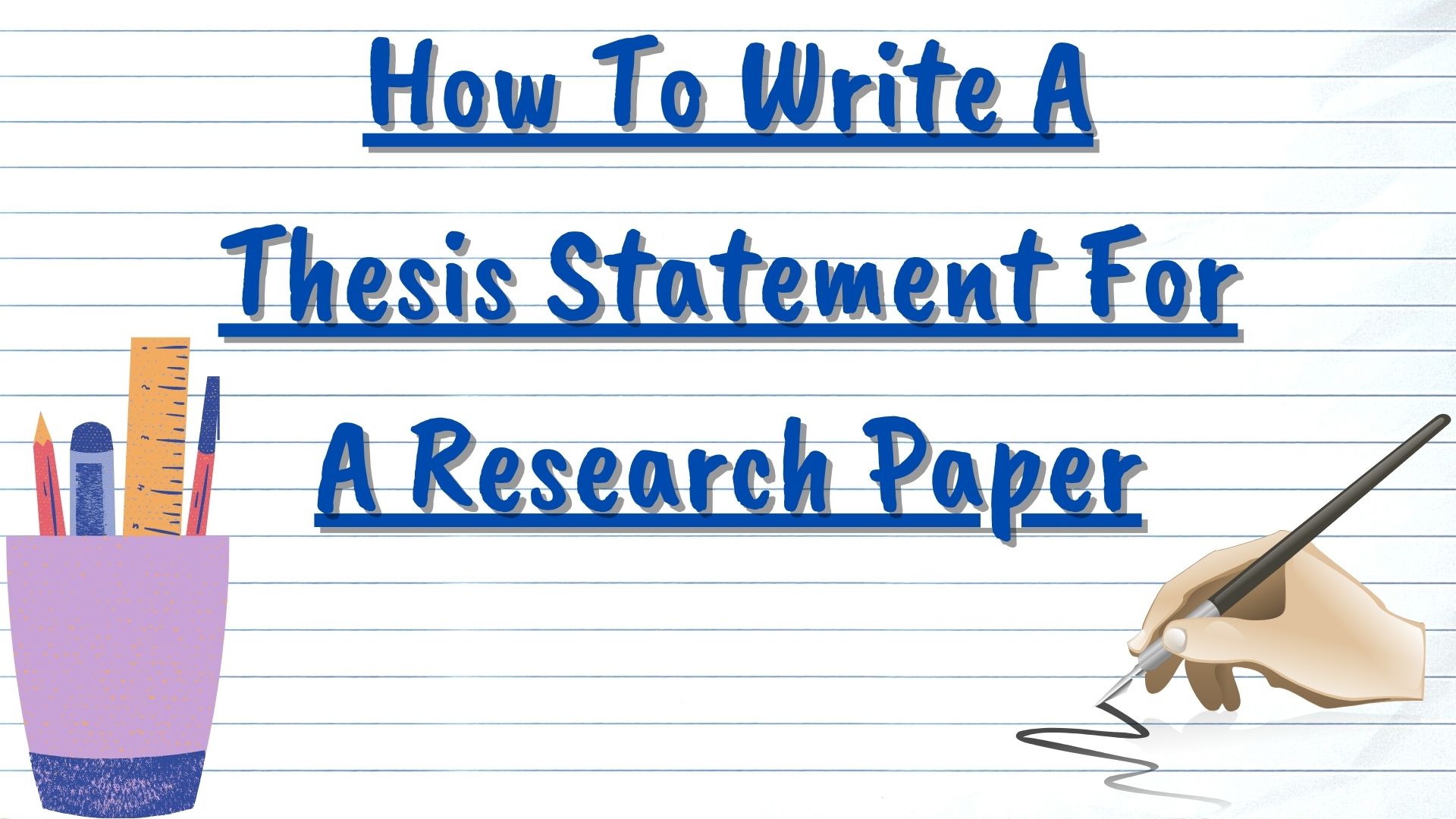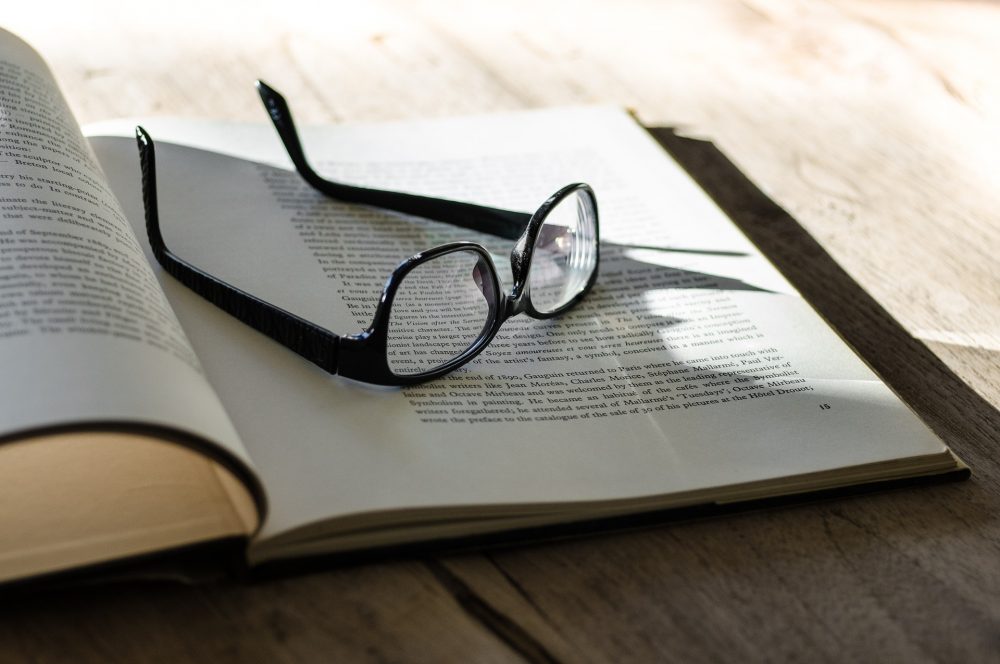A personal narrative is like writing a story in which the writer is the main character. If you’re the writer, every event in the narrative will revolve around you and your experience. Since you’re writing a story about yourself, you can structure it just as you like.
Knowing how to write a personal narrative essay for college is important because it gives the readers an in-depth analysis of a life event. In addition, it allows you to be more creative and enhance your story-telling skills.
However, you must know the correct structure of a personal narrative before writing one. This post will reveal more about how to write a narrative story, along with some valuable tips and guidelines.
Table of Contents
What Is A Personal Narrative?
A personal narrative is a piece of writing that describes your life experiences. Everyone has something to tell. The primary purpose of writing a narrative is to relate to the readers and change their perceptions about the world in a big or small way.
Just like any writing piece, it has a starting, a middle, and an ending part. You’d also need to include a thesis statement that explains why this particular life experience is important to you.
For example, you want to tell people about your experience saving a child from a house that was on fire. You know the details because you witnessed that chaos. You can feel the intensity of the moment when the house was full of flame and smoke. So how will you share this story with others? You can write a personal narrative essay explaining how you rescued that child from the fire.
Let’s see how to make a narrative from your personal experience.
Steps For Writing A Personal Narrative
You can’t start and end your narrative in a few minutes. There’s a whole procedure behind writing a personal narrative essay, just like you write a story in English Composition class.
Following are the steps for writing a personal narrative:
- Brainstorm your idea: You must gather your clouds of ideas in one place by brainstorming to establish the basis of your narrative.
- Write down main points: Pick out the main points from that idea, as they will be the cornerstone of your personal narrative.
- Create a draft: Draft your story. It’s an unstructured way of writing what you have planned so far.
- Start your story: Take help from the draft and start writing your story following all the standard guidelines.
After that, you have to follow a framework for an impeccable personal narrative.
Structure Of A Personal Narrative
While writing a personal narrative, you must describe each component in detail. So let’s look at each element of a personal narrative format to help you write a comprehensive essay.
- Introduction
The introduction decides whether a reader will read your personal narrative essay or not. Even if you wrote an exciting and spine-chilling experience, a weak introduction might distract the reader from proceeding forward with the essay.Therefore, write an introduction that grabs the reader’s attention from the first sentence so they keep reading without a break.
Tip: Start the introduction by triggering the reader’s emotions. Tell them something they might or had already experienced. You can even give an empathetic touch by making the readers imagine how they would feel if they were in your place.
- Plot
A plot sets the scenario from the beginning to the end of your story. It also establishes the structure of your essay and mentally prepares the readers for what they are about to read.An impeccable plot supports the entire format of the personal narrative. That means even if your story is not that interesting, creating a perfect plot will make the readers curious.
You must take care of three things while creating a plot for your narrative:
- First, it must appeal to the readers’ senses.
- Second, its sequence must be logical, even if you exaggerate the event.
- Finally, the plot must be the most clear part of your narrative. No chance of leaving your readers with a question mark.
Tip: Create a draft of the event’s timeline before writing the plot. Set the past, present, and future in the timeline. To be more specific, assign dates so that readers can relate to the whole timeline. After that, write the plot and add the timeline according to the story’s sequence.
The bottom line is to stay relevant and make sense to the readers while writing a personal story.
- Characters
Stories are incomplete without characters. These are the people who somehow became a part of your narrative. They create an intimate effect on the personal narrative format and help readers relate to the story.Remember that bringing a hero and a villain to your story is unnecessary. Instead, play with what characters you have and try to make them attractive.
You can introduce the characters by telling their:
- Appearance
- Walk
- Words
- Any action that makes the story more catchy
For example, your experience of saving a child from a burning house might have other people around screaming, trying to help, and calling 911. You can introduce them as characters to your personal narrative.
Tip: Introduce a character to your story at the beginning and middle to keep a nice balance. Also, introduce a new character and indirectly relate it to any part of the plot’s timeline. That will make the readers take a pause and remember that character easily.
- Setting
The setting pours life into your personal narrative writing. It’s a detailed timeline describing the when and where of each event in the story.While creating the setting of your personal narrative, express clearly the time and place of each event. That will help your readers to catch and memorize your plot. Also, the readers can comprehend your narrative better and might catch the hidden details.
Tip: Be more creative and expressive while writing the setting. The purpose of a story’s setting is to make readers imagine when and what really happened to you.
- Climax
Your personal narrative must build a climax that shapes the story’s resolution. It’s the point where you can:- Solve a mystery
- Answer a question
- Complete a challenge
Typically, a climax leads to personal growth or a life lesson. But, that depends on what experience you shared in your story and how you shaped it.
Make sure that the narrative’s climax is worth the reader’s time. They might leave a negative review if they are unsatisfied with the climax.
Tips:
- Never reach the story’s climax at once while writing a personal narrative.
- Build suspense till the readers reach the top of their curiosities. You can add a whole supportive paragraph for this purpose. For example, create a picture about how fiery that house was when you were rescuing the child.
- Once you believe the build-up is enough, drop the bomb.
- Conclusion
The conclusion of your narrative must give readers a deeper understanding of your experience. It must leave an impression on the readers that will last long after they have finished reading your story.Your personal narrative writing must end with a compelling message that leaves the readers thoughtful. Here you can give a piece of advice, some wisdom, or anything that follows the way of righteousness.
For example, saving a child inside a burning house was more than an act of heroism. You knew that every life on the earth matters. It doesn’t matter how old, young, rich or poor the person is. If it’s human, you have to save them.
Tip: You have the opportunity to feed something beneficial to your reader’s minds. That’s because their minds are now in a different state after reaching the climax of your narrative. Therefore, write something great out of your personal narrative, which must be the crux of the whole experience.
Personal Narrative Example
Every personal narrative follows a framework. As a writer, a personal narrative is writing about an event that’s meaningful to you. It includes the insights, lessons, or valuable things you learned from that experience. To get a better idea of how to do it make sure to look at personal narrative examples. Check out a personal narrative sample below:
To begin with, my first meeting with photography came unexpectedly. My friend Dave and I were once walking down a park alley. “Look, how pretty!” I would exclaim from time to time. “Look, it’s absolutely magnificent, this spring flower, what’s its name?” I would turn to Dave every two minutes or so. Finally, I said with sadness, “If I were a painter, I would portray all this beauty with every, even the smallest detail!” Dave thought for a while and responded, “You can use my pocket-size point-and-shoot Canon to grasp whatever you wish. You can even keep it as a small Easter present.” I looked at him with awe, “Do you think I am going to be good at this?” Dave smiled back, “I think you have a gift for seeing beauty in things and feel where a shot needs to be done to get a beautiful pic. Take it.”
My first steps in photography were as exciting as life is. I was taking pictures of whatever was nice and made my heart beat faster. At first, I simply pointed the camera at flowers, leaves, clouds, and other objects of nature, and then pressed the button. Dave was very supportive. “Excellent!” he would say often. With time, I got myself a more capable camera, Canon EOS 6D, with a full frame and with other benefits. My new assistant in the art of photography inspired me to climb new heights in photography. I soon found out my new camera, with so many new capabilities, was a real monster I had to tame.
It soon became clear that studying the menu options and reading the manual was not enough to take images of various types, just as I wanted. Once I got almost desperate. “How will I learn to take advantage of this sophisticated set of features?” I was complaining to Dave. And he did not know what to say. I was struggling with my new Canon, and thought I would never achieve such mastery as other people did with the same camera, until one day Dave got an idea that I should visit some forum where I would ask questions and share my experiences with other Canon EOS 6D owners. Since that moment on, everything changed in my photography life. At forums and special websites, I found lots of support from professionals and amateurs. I also got advice on how to operate the camera and take various kinds of shots. I was posting my pictures and received feedbacks. I felt I really grew as a photographer. One day even my pictures won the prize in the category best landscape pictures in one photography competition.
Has this experience helped me grow only as a photographer, you might ask? Of course, no. I suppose the greatest benefit has been not just in the fact I have learnt to operate the camera so that to obtain series of pretty images. The greatest benefit has been in my victory over myself, over my lack of knowledge, and over my fear of the unknown. Not only did I develop my artistic skills, but also my people skills, my inner world, and even my faith. So much support from multiple sides made me confident that I am a part of a larger family called society, that my work is necessary and brings joy to many, and that nature is the greatest mystery of God, which none will be every able to solve.
In conclusion, it may seem weird, but my encounter with photography has inspired me to climb the further step in personal development. I have chosen to enter college. “What do you think of this, Dave” I will ask. I know what I will hear in return. “Work in the dark, so that you will shine in the light. Go, overcome your labels.” And I will.
Tips On How To Write A Good Personal Narrative
Your personal narrative is indeed important to you, but it’s just another piece of writing for the readers. So how do you write a more engaging narrative for the readers?
Before you decide to buy a personal statement, here are some tips that teachers give to their students when working on a personal narrative assignment:
- Brainstorm
Always brainstorm your stories before starting them, and note down all the ideas in your mind. It will help you expand your thought process and grab more details that may hook the reader’s attention. There are many brainstorming tools available online you can get help from. Many experts suggest using these tools to organize your personal narrative before writing it. - Set the Tone
Setting the tone is important because readers long for a fantastic narrative. Therefore, you can appealingly set the tone, no matter what the genre of your story is.Be consistent in the tone you set when you write a personal narrative. You can go for the following tones:
- Non-assertive
- Aggressive
- Assertive
However, you can shift from one tone to another in some instances throughout your personal narrative.
- Be More Realistic
Personal narratives are different from fictional stories. Although this statement is debatable, you should be more realistic and custom your personal experience accordingly. It’s because you want your readers to believe what you shared is true. That only happens when you express every detail as close to reality as possible.Even if you don’t want to share everything due to personal reasons, you can still use real incidents that became a news highlight. It will create a more trustworthy relationship between you and your readers.
Struggling With Your Personal Narrative?
A personal narrative is sharing a life experience. Therefore, you must write it to please the readers and give them something helpful like a life lesson. The additional tips will support you in writing a great personal narrative.
You can also take homework help or purchase dissertation from our writing services and examples of personal narratives available online, especially if you are a school or college student. Your professor might also give you the same tips for writing a narrative for admissions and exams.
Always follow the personal narrative format while writing it, and ensure you create a persona that helps your readers understand the story completely.
